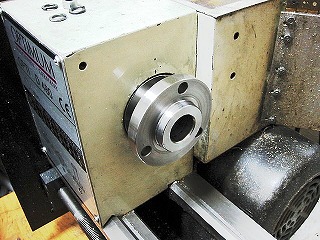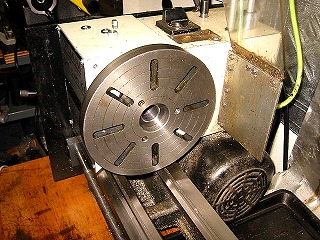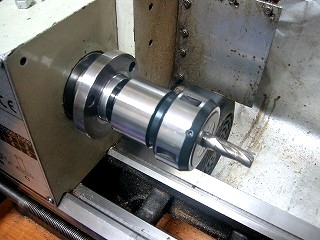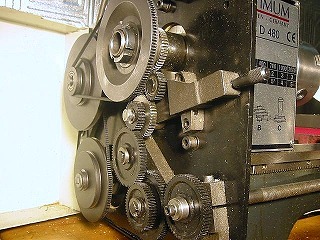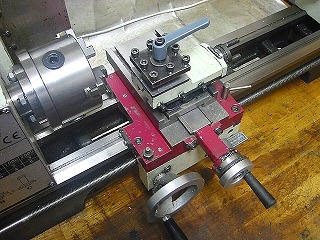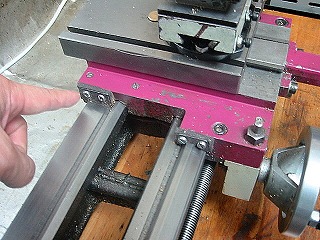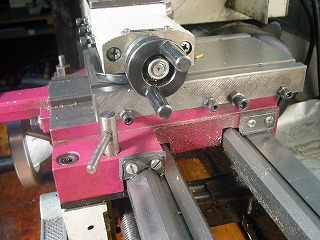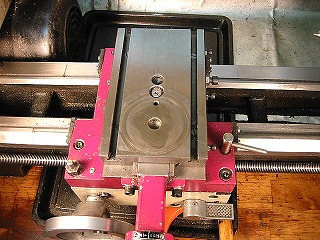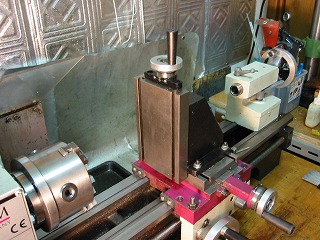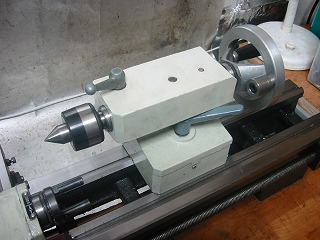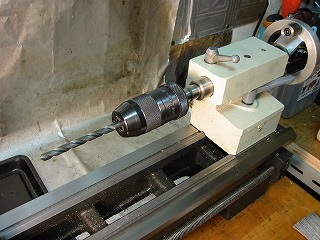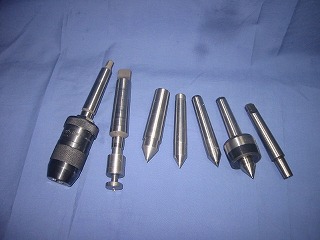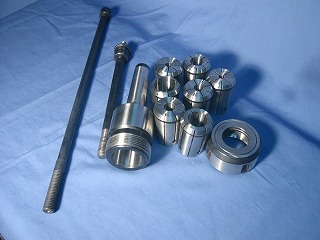| Selection of the Model
My lathe was purchased while I was living in Europe during the 1995-1999 years and European readers may recognize the "Optimum" name which is well known in Europe. Installation The lathe is positioned on a wooden bench, loosely bolted in place. I found that firm bolting caused the bed to distort. In an effort to firmly bolt the lathe to the bench top, I tried the adjustment procedure described in the "The Amateur's Workshop" book, but I was not successful. I am not sure why, but perhaps the workbench surface was not flat or level enough. Specification Capability and Accuracy This lathe has the capacity to turn brass or aluminum to a depth of 3 mm at 1,000 rpm, and turn steel to a depth of 1 mm. The spindle runout is less than 2/100 mm (0.02 mm), a value within the JIS, Japan Industry Standards.Shop-made Lathe Accessories The following is a list of articles found on my website that describe accessories that I have made for extending the capability of my lathe. 2. DIE HOLDER |
||||
 |
||||
